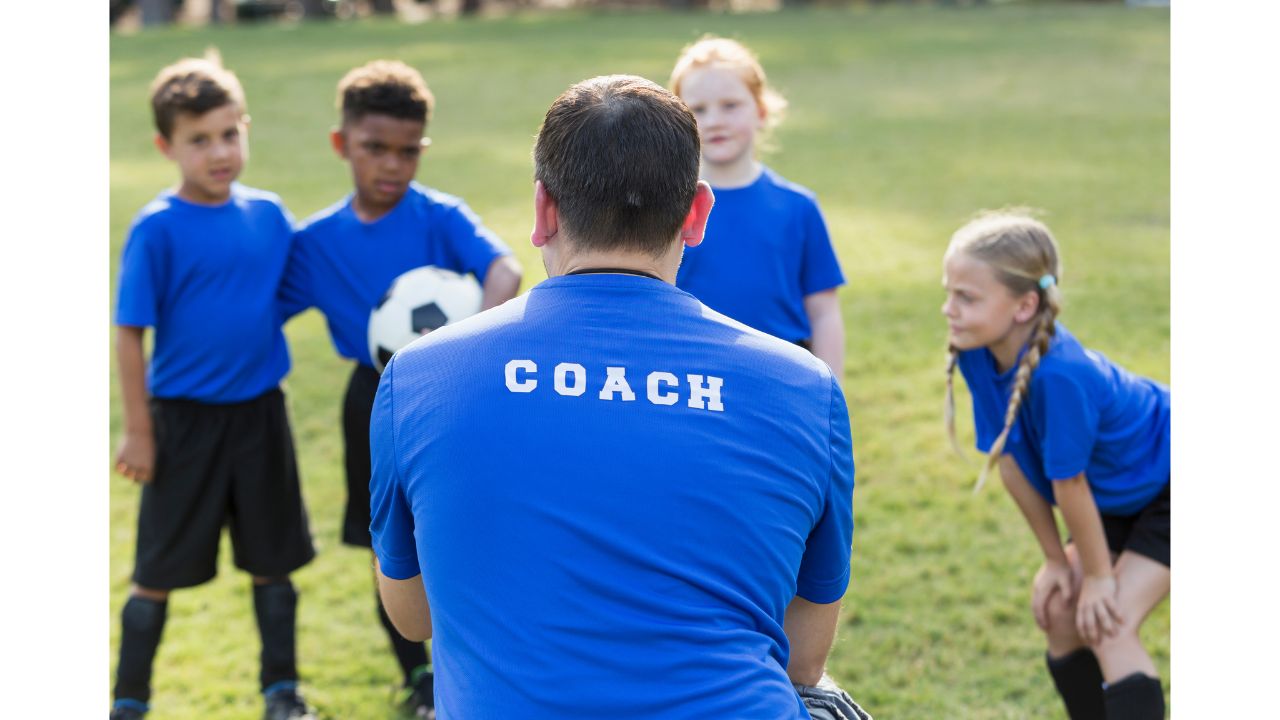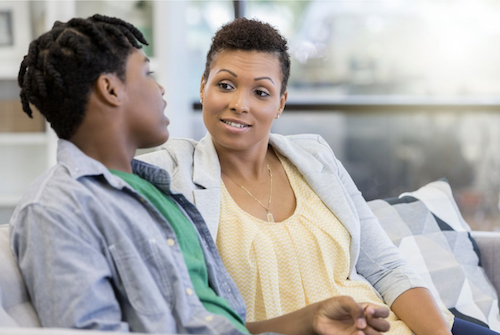Want some great ways to release stress and feel more at ease?
Check out these stories from real life and test out these seven proven ways to move through the stress cycle. Your mind and your body will thank you, and so will your kids.
Many of our kids struggle with the challenges of going to school masked or online and not being able to see friends as often as they’d like. They can erupt with all sorts of feelings from school stress, difficulties with siblings or friends, frustration about things they can’t do, or unexplained moments of sadness. These side effects of the pandemic affect us, too.
Last weekend, one of my daughters was raking the lawn by herself when she raked across a dead bird. For some reason, this triggered in her some big feelings, and I came home to find the rake and piles of leaves left strewn across the yard, and my daughter very upset in her room. “What happened?” I asked, and she just cried harder, so I knew my daughter had some stress to release.
Recently, I listened to Brené Brown interview Emily and Amelia Nagoski about their book Burnout: The Secret to Unlocking the Stress Cycle. I remembered that a “big ol’ cry” is one their seven best ways (described below) to move through the stress cycle. This knowledge helped me just be with my daughter and let her cry before trying to figure out what was going on. I pulled her into my arms and just held and soothed her for a bit before asking questions. In the past, I have sometimes asked too many questions, unintentionally making her feel pressured to have to explain her feelings. Sometimes feelings and mood swings are hard to understand or articulate. This time I was able to be patient and move at her pace.
How to move through the stress cycle
While all of the Nagoski’s proven methods of moving through the stress cycle are familiar to me, it helps to have them clearly grouped in my mind to pull out when I need them. I took some deep breaths, ran through some ideas, and connected with my daughter.
I invited her to breathe with me (Note -I’m bolding examples of the seven best ways to move through stress), making our exhales longer than our inhales. She calmed down and started talking more. I asked what was on her mind and waited, just breathing with her. She was worried about a friend, felt lonely on a grey day raking leaves, and the dead bird made her think of all the people dying from COVID-19. She also had a lot of homework to do, and it all felt like too much.
I knew getting outside and exercising would help both of us. I told her I was worried that the wind might blow away all of her good work, so I would be happy to come help her bag the leaves. We would then figure out a way for her to see her friend.
With a little cajoling, I got her up and back outside with me and we chatted casually while we worked together to stuff the leaves in the bags. Joking around and being silly helped get her laughing, and her mood brightened enough to keep her working with me long enough to finish the job she had started. We gave each other a big, long hug at the end. I thanked her for helping rake the leaves and she thanked me for helping her feel better. I was glad to feel full of love and gratitude instead of the irritation I had felt when I first came home to see the abandoned rake and leaf piles.
Develop a mental list of strategies
Having a mental list of strategies for various situations can really help when faced with an immediate crisis. This is something my parent coaching clients tell me often as they practice using strategies we’ve discussed during our calls. I love receiving emails about successes. One of my clients shared the following story with me this past week:
“Lately I’ve been harkening back once again to one of the first strategies we talked about way back when, which is to disrupt tough situations with silliness. [Our daughter] had a hard day at school today (it poured all morning) and so she was pretty tired and a bit volatile by dinner time. She got frustrated by something mundane, and said she was going to hit [my wife] or hit me, and I decided to just pick her up and give her a big raspberry on her tummy and she laughed probably harder than we’ve ever heard her laugh before and forgot all about what was annoying her just moments before! This is just an example, I’ve defused a few other situations lately as well.” Robert M., parent of two girls, ages 4 and 1.
Knowing some tried-and-true strategies helps you stay calm and more confident during a tense moment. Being more relaxed helps your creativity and inner wisdom about your child flow more freely. My client had used a big belly laugh to help his daughter move through the stress cycle and return to her happy, joyful self. He and his wife have also become skilled at using imagination, creative expression and outdoor play to get their little ones out of grumpiness and into peaceful and happy engagement.
Make little shifts
Parent coaching is all about helping people make little shifts that can have big results that lead to thriving as family. I love the Nagoski sisters’ seven best evidence-based ways to complete the stress cycle and want to share them with you for your own personal and family use. Who doesn’t need some ways to move through stress right now?
They point out that even if we can remove the stressor (which in many cases is hard to do – i.e. the pandemic and the national climate), we still need to go through a stress cycle in order to make it through that tunnel to the other side, where we feel better.
You’ll know you’ve made it to the other side when you feel a shift in your mood and mental state, and a release of physical tension. You’ll be able to breathe more deeply and feel more relaxed.

7 ways to move through the stress cycle
Physical Activity is the single most efficient strategy for completing the stress cycle. This means any movement of your body. You choose! I personally recommend getting outside to do this activity if you can. But if you can’t, move around inside, whether it be a spontaneous dance party, jumping jacks, running up and down stairs or vacuuming… just get moving and you will feel better.
Breathing – Deep slow breaths – especially when the exhale goes all the way to the end of the breath – do wonders for releasing stress. Breathing is best when your stress isn’t too high or you just need to decrease your stress to keep yourself from saying or doing something foolish. It’s also a good way to move out of tears or upset moments.
Positive Social Interaction – polite, casual chats with your family, a neighbor, or someone at the grocery story… Try it and see how you feel! If you’ve just had a stressful argument or experience, some quiet moments and then talking about something mundane can help re-establish a feeling of normalcy and peace. I find this especially helpful with teens.
Laughter – deep belly laughs that feel primal. This is why sometimes we start laughing when we are in the midst of crying. Our bodies are helping us complete the cycle. Many children respond well to silliness and playfulness, so use your imagination to get them laughing when they’ve had a tough day. You’ll feel better, too. If you have teens, watching funny posts or shows or remembering funny moments together can help get them laughing.
Affection – This can be petting an animal, lovingly tending to your garden, or hugging a person who makes you feel good and safe. Evidently, a 20-second hug with someone where you both are hugging from your own centers of gravity has been proven to change your hormones, lower your blood pressure and improve your mood. Be fully present in these moments of connection to bring yourself and others a deep sense of peace.
A Big Cry – Bursting into tears won’t solve the problem, but it will make you feel much better by letting out pent up feelings and helping you complete the stress cycle. This is a good time to reinforce the message that crying is human and a good way to release big feelings, and that everyone has a right to cry.
Creative Expression – Doing creative activities leads to more energy, enthusiasm and excitement as you give yourself a more intuitive way of releasing your feelings. If you’re not sure how to get your kids to start a creative activity, you can also lead by example. Start building a tower, grab some paper and markers and start drawing, invite your kids to help chop vegetables or bake something, or maybe go outside and build a fairy house in the woods. Or combine creative expression and physical activity and dance.
Build stress releasing activities into your daily schedule
With so much going on, we benefit from working through stress every day. You can schedule time on your calendar reminders or build some of these into your daily routines. Experiment and see what works best for you. Remember that your children learn even more from what you do than what you say, so modeling ways of moving through the stress cycle will have a positive impact on both you and your children.
When your children are showing signs of stress – whining, complaining, being aggressive, etc., you can help them by inviting them to do any number of these practices. You may not be able to remove the stressor, but you can help them release the feelings of stress so that they can face the stressor with more internal power and calm.

Even though I’ve known these are good practices in general, thinking of their power to help people move through a stress cycle has been helping me to be more effective as a parent. I’ve also been consciously using these strategies to help myself.
What do these tips look like in real life?
- One day, another one of my children shared a personal challenge at dinner one night and started crying. We listened and encouraged her to keep talking, knowing that the tears were helpful and important. As her story wound down and she made some jokes, we laughed with her and could feel her mood shift. She then needed some big long hugs and was able to breathe more freely, and we all felt more relaxed.
- When my youngest was feeling gross from being on Zoom too long for class and another activity, I was able to give her the affection and space for crying she needed, and then she said she wanted to go make some art. I knew she was doing something to work through her stress cycle in her own way.
- After long days, my husband and I often go out for a walk to get some exercise and often chat with neighbors along the way. Then we are able to come back feeling more relaxed and ready for the next phase of the day.
- I consciously take long deep breaths whenever I start feeling tense, and those breaths help me come back into the present moment and feel better.
- I find going outside to be very therapeutic, whether to help me get perspective, have fresh air to breathe, or to get some physical activity to work through stress.
I’d love to hear what works for you, so please leave a comment and share your best stress releasing practices.
I wish you all lower stress as you test out these ideas and focus on little moments of joy.
Until next time,
Amy
Related Articles:
Feeling Lost? Focus on joy, savor connections, and get better sleep to feel better
Need A Tire Alignment For Your Day? Get Clear On Your Priorities…
Download my Conversation Jumpstarts to have more meaningful conversations with your family and friends. They’re free!
Who I serve: I coach parents from coast to coast in the US and internationally. Thanks to Zoom, I am currently coaching parents from Boston to Seattle, Connecticut to California, as well as New York, Ohio, and Colorado. I’ve worked with parents in Bermuda, Japan, Portugal, and Canada as well. I’m grateful for these global and domestic connections!







Leave A Comment